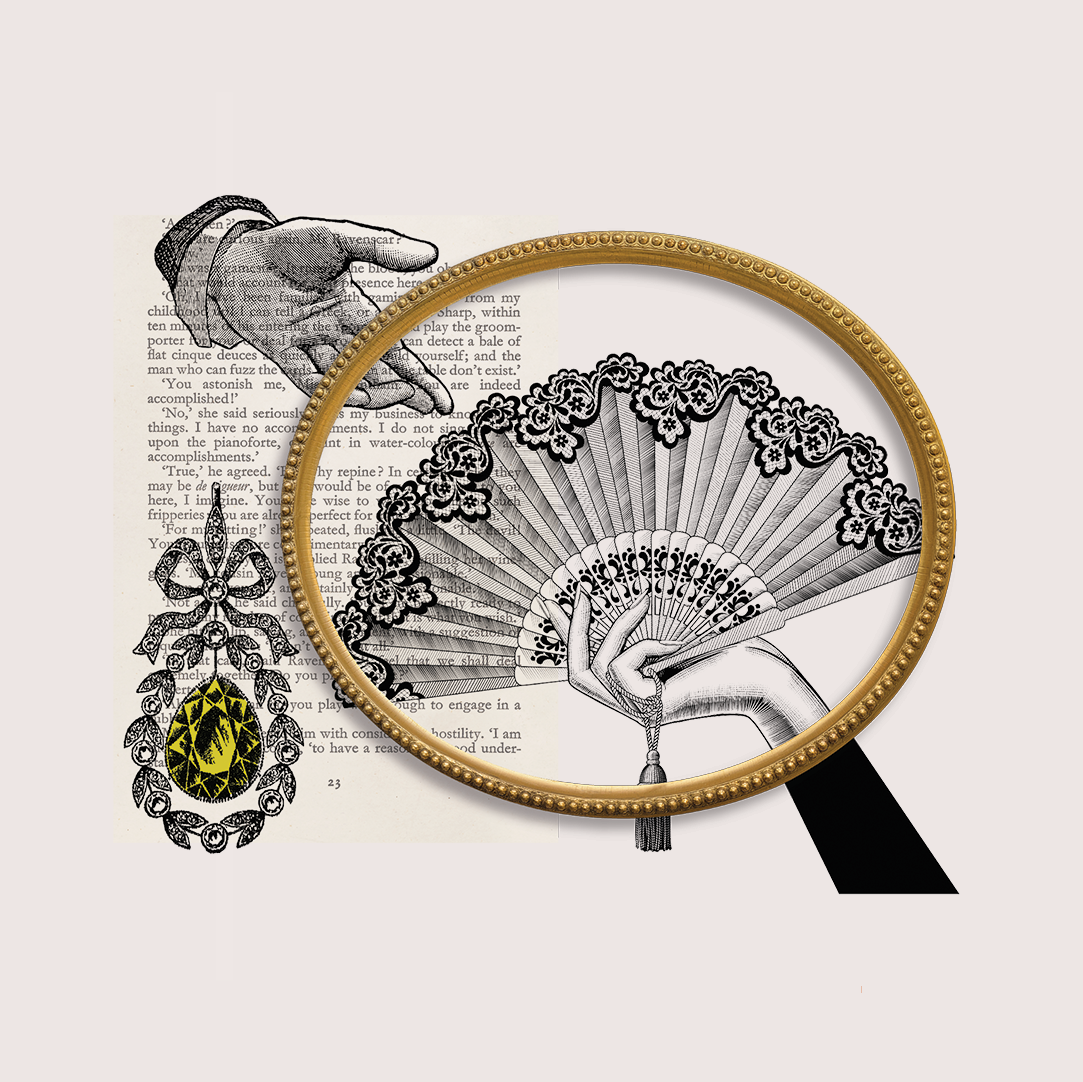For many people, reading a Georgette Heyer novel is like stepping back into the past. In her Regency and Georgian novels, in particular, it is easy to feel as though you are really there – whether it be dancing at Almack’s, paying a morning visit or driving a high-perch phaeton during the fashionable hour in Hyde Park. In part it is her ability to bring the past to life that has established Georgette Heyer as the undisputed ‘Queen of the Regency Romance’ and inspired countless authors to set their books in that short, yet extraordinary, period of history.
One of the reasons for Heyer’s enduring success is her meticulous grasp of the period in which she set so many of her novels. Her ability to seamlessly blend vibrant historical fact with memorable fictional plots remains unmatched and is the result, not only of an extraordinary memory for detail, but also of voracious reading and research. One might say that there are ‘four pillars’ that support the history in Georgette Heyer’s historical novels:
- The lived experience
- History drawn from contemporary fiction
- History drawn from firsthand accounts (primary sources)
- History drawn from expert accounts (secondary sources)
The first of these – the lived experience – is explained here.
Unlike modern authors, Heyer had grown up in the Edwardian era – a time when many of the things experienced by a Regency child were still common. Born in 1902, a week after Edward VII’s coronation, Georgette’s world was one in which Britain held sway over a great empire, horses and carriages were still the primary means of transport, and most people believed in a social hierarchy and the importance of birth and lineage. Indeed, many of the ideas about the role of women, class, marriage, money, land and property (among other things) that were common during the Regency were still common when Georgette was a child. She absorbed her culture (as we all do) and would later use these elements of British life to brilliant effect in her novels. She had what few historical novelists have – a genuine sensory perception of many of the things about which she would write. She did not have to merely imagine the sound of horses’ hooves on cobbled streets, or wonder how a member of the upper class spoke to a servant, Georgette knew these things firsthand because she had lived them.
Of course, she also read widely for her historical detail (more on that later) but she had the benefit of growing up in an era that, in 1914, would largely vanish with the onset of the Great War. In many ways the Regency era was as real to Heyer as her own world. It is this, coupled with her vivid imagination and superb storytelling skills, that make her Regency world come alive for the reader.
Jennifer Kloester, May 2023

